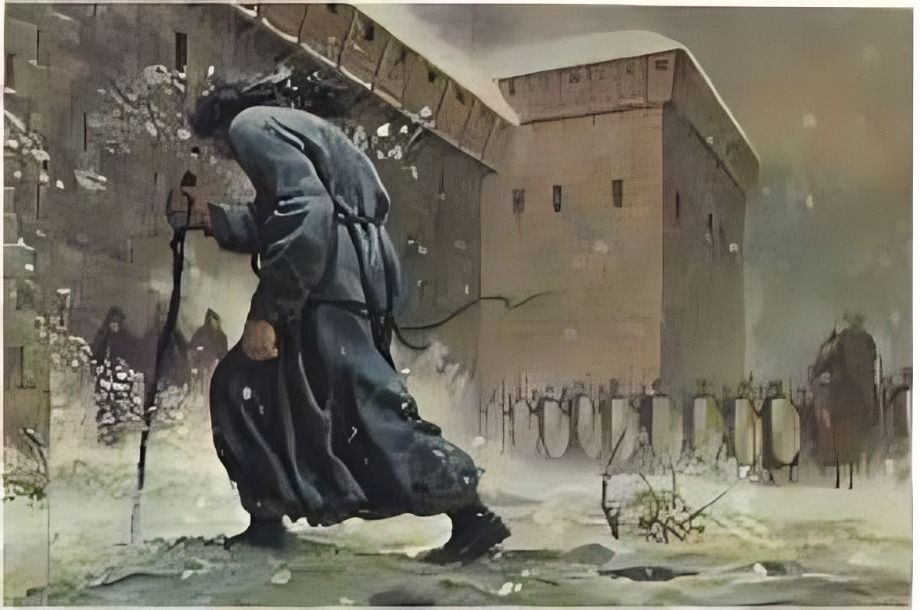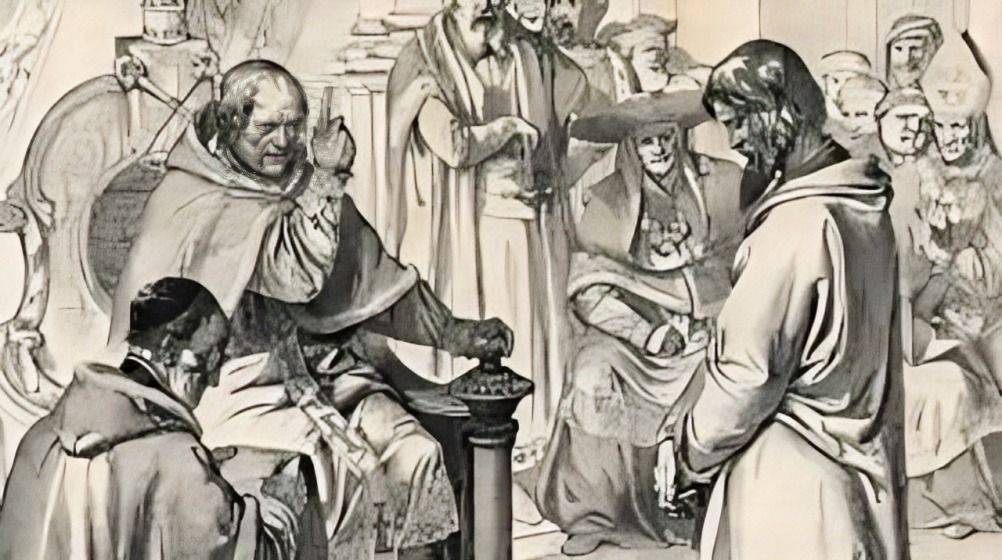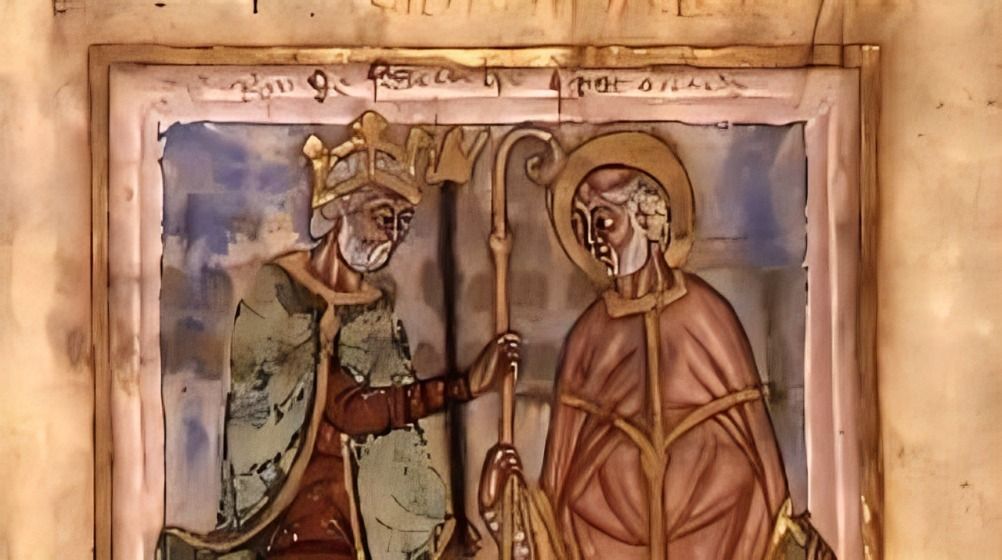
“
The Investiture Controversy was a defining conflict of the medieval era, pitting the authority of the church against the power of monarchs. This struggle over the appointment of bishops and abbots reshaped church-state relations and led to profound political and religious changes. While widely studied, there are many lesser-known facts about The Investiture Controversy that highlight its complexity and influence. Dive into this fascinating topic to uncover unique insights about the key players, pivotal moments, and the long-lasting effects of this historic power struggle on medieval Europe.1
1
”
The Investiture Controversy was a medieval conflict between the Church and state over the appointment of bishops, abbots, and the pope, weakening the power of the Holy Roman Emperor and monarchs.1
The conflict began during the reign of Pope Gregory VII, centered on the right to appoint local church officials. Henry claimed the authority to appoint bishops in Germany, a practice known as lay investiture.2
Emperor Henry IV of the Holy Roman Empire opposed Gregory VII's reforms, asserting that as a monarch, he had the right to invest bishops and other church officials with power. 3
The Investiture Controversy reached its peak in 1076, when Pope Gregory VII excommunicated Henry IV, a dramatic move that weakened the emperor's authority and sparked widespread rebellion among his subjects.4

In response to his excommunication, Henry IV traveled to Canossa in 1077, standing barefoot in the snow for three days to seek the pope's forgiveness, which was a symbolic moment in the conflict.
The Investiture Controversy was both a religious and political struggle, as there was no separation of church and state during this period, with the Church and monarchy competing for authority. 5
The Concordat of Worms, signed in 1122, brought an end to the Investiture Controversy. It allowed emperors to grant secular authority to bishops but restricted their power to appoint church officials to religious matters.6
The conflict highlighted the growing power of the Church in European politics and the shifting balance of authority between the papacy and the monarchy during the Middle Ages. 7
The Investiture Controversy resulted in the weakening of the Holy Roman Empire's influence over its territories, as local princes and bishops gained more autonomy following the papal victory. 8

Despite the resolution of the Investiture Controversy, tensions between church and state continued throughout the Middle Ages, as monarchs and popes often clashed over their respective spheres of influence.
The controversy also had a profound impact on the development of canon law, as it reinforced the idea that the pope held ultimate authority over the spiritual realm, including appointments to ecclesiastical offices. 9
The excommunication of Henry IV, though initially damaging, ultimately led to a realignment of political allegiances, as many of the emperor’s subjects, including powerful princes, took advantage of his weakened position. 10
The Investiture Controversy was part of a broader movement known as the Gregorian Reform, which aimed to address corruption in the Church, such as simony (the selling of church offices) and clerical marriage. 11
Pope Gregory VII’s reforms were part of his broader vision to make the Church independent from secular control, reinforcing the idea that the pope was above kings and emperors.12

The conflict also brought to light the growing tension between monarchical authority and the emerging power of the papacy, which would shape European politics for centuries to come.
The Investiture Controversy significantly impacted the relationship between kings and the Church in England, France, and other European kingdoms, influencing the way church-state relations were structured. 13
As a result of the Investiture Controversy, church reformers became more focused on strengthening the role of the papacy, setting the stage for later religious and political struggles throughout medieval Europe. 14
The Investiture Controversy led to the idea of "papal supremacy," which suggested that the pope had ultimate authority over all Christians, both secular and ecclesiastical leaders, throughout Europe.15
Despite the agreement at Worms, the Concordat did not eliminate the tension between the Church and the monarchy. Many subsequent kings still sought ways to control or influence the selection of bishops. 16
The Investiture Controversy marked a turning point in medieval politics, illustrating the growing complexity of the relationship between the Church and state and influencing the future course of European history. 17


